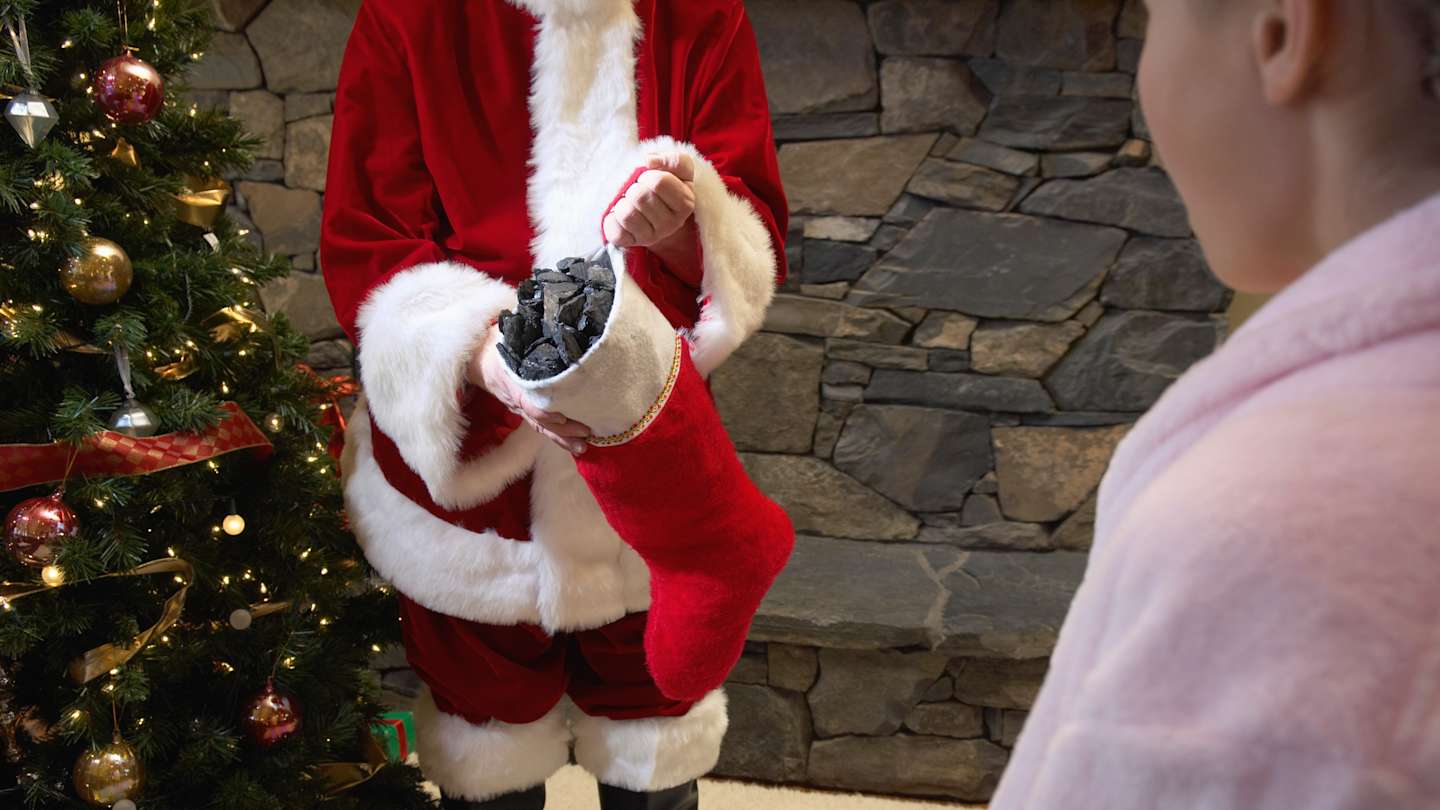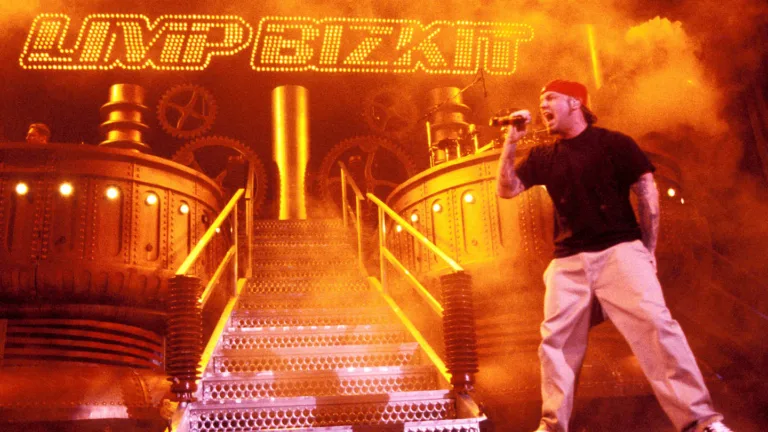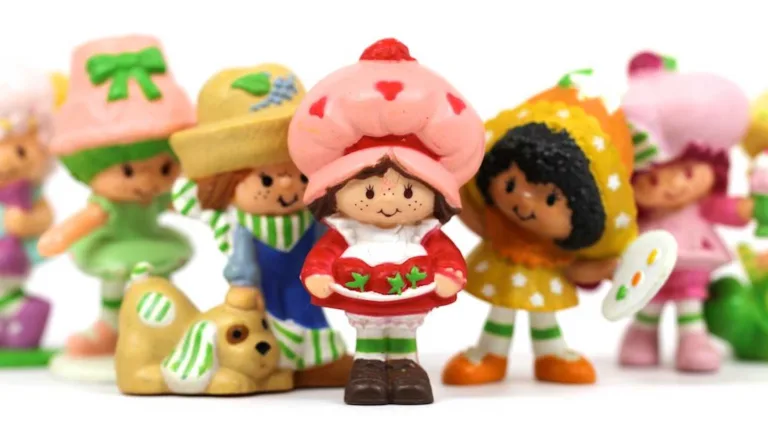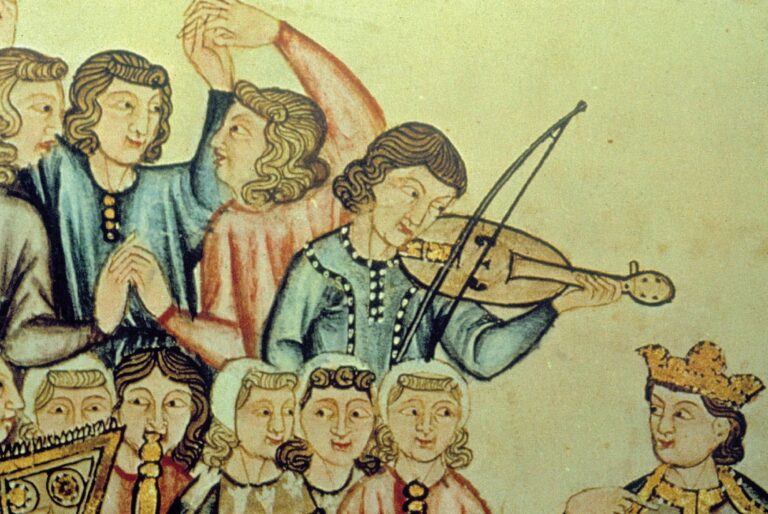Have you ever heard the phrase “getting coal in your stocking”? It’s a classic Christmas tradition that often elicits groans and laughter from both kids and adults alike. But where did this curious custom of giving Santa Bringing Coal come from?
The history of coal as a Christmas punishment stretches back centuries, rooted in folklore and traditions surrounding figures like St. Nicholas, Sinterklaas, and La Befana. These benevolent (well, mostly!) beings were known for delivering gifts—and sometimes not-so-gifts—via fireplaces and chimneys. Coal, being readily available near the hearth, became a convenient alternative to toys for those who hadn’t quite been on their best behavior.
It was a way to subtly Encourage Good Deeds, reminding children that Santa Claus or his counterparts were watching and keeping track of their actions. Of course, today coal is mostly seen as a lighthearted joke, but its origins speak to the enduring power of storytelling and tradition in shaping our holiday customs.
The History Of Coal as a Punishment
The association of coal with punishment isn’t unique to Santa Claus, though he certainly brought it to the forefront of Christmas tradition. Across Europe, figures like Sinterklaas in the Netherlands and La Befana in Italy also Employed Similar Tactics. These folk heroes often delivered gifts to well-behaved children but carried a variety of less desirable items for those who hadn’t quite made the nice list.
While Santa primarily sticks to Santa Bringing Coal, his European counterparts were known to Leave Twigs, salt, garlic, or even onions as punishments. Imagine getting a stocking full of pungent vegetables instead of candy! It seems these figures believed in a more diverse approach to discipline than simply relying on lumps of coal. Perhaps they thought a bit of spice was needed alongside the sweetness of Christmas?
 90s Doritos Flavors: Discontinued & Beloved Treats
90s Doritos Flavors: Discontinued & Beloved TreatsThe use of coal as a symbol of negativity likely stems from its association with fire and darkness, contrasting sharply with the warmth and light often associated with Christmas. It served as a tangible reminder that good behavior was expected, and those who strayed could face Less Than Desirable Consequences.
St. Nicholas and Other Gift-Bringers
The tradition of giving coal as a punishment is deeply intertwined with the history of gift-givers like St. Nicholas, Sinterklaas, and La Befana. Each of these figures, beloved in their respective cultures, played a role in shaping the modern Christmas customs we know and love—and sometimes dread!
St. Nicholas, the inspiration for Santa Claus, was a 4th-century Greek bishop known for his generosity and kindness to the less fortunate. While he primarily gave gifts, stories emerged about him delivering coal to naughty children as a way To Encourage Better Behavior. This practice likely originated from St. Nicholas’ association with chimneys and fireplaces, making coal readily available as an Alternative To Toys.
Sinterklaas, the Dutch equivalent of Santa Claus, shares similar traditions with St. Nicholas. He travels by steamboat from Spain, accompanied by his helpers called Zwarte Pieten (black Petes), who carry both gifts and Santa Lump of coal for those who haven’T Been Good. La Befana, an Italian Christmas witch, Delivers Treats To well-behaved children but leaves garlic or onions for the naughty ones. These diverse figures demonstrate how different cultures have embraced the concept of rewards and punishments during the holiday season.
Sinterklaas, La Befana, and Alternative “Gifts”
Beyond the familiar image of Santa Claus and his sack of toys, there are other fascinating figures from around the world who also bring gifts—and sometimes less desirable surprises—during the holiday season.
Take Sinterklaas, for instance, the Dutch equivalent of Santa Claus. He arrives by steamboat from Spain accompanied by his helpers, The Zwarte Pieten (black Petes), who carry both treats and Santa lump of coal for those who haven’T Been Particularly Nice. It seems even Santa has a few assistants with different approaches to Disciplining Naughty children! Then there’s La Befana, an Italian Christmas witch who delivers gifts and sweets to well-behaved children but leaves garlic or onions for those who haven’T Quite Earned Their Rewards.
These unique traditions highlight the diverse ways cultures around the world have incorporated elements of reward and punishment Into Their Festive Celebrations. It’s a reminder that even though the holidays are about joy and celebration, there’s still room for a bit of playful chastisement!
The Symbolism of Coal
So why coal, of all things, became the go-to symbol for naughtiness is a Fascinating Question. It’s not as if Santa Claus couldn’t simply bring something much more tangible and undesirable, like a bucket of spinach or a year’s supply of Brussel sprouts! The choice likely stems from the Cultural Associations Surrounding Coal Itself.
For centuries, coal was primarily associated with fire and darkness – two concepts often contrasted with the warmth, light, and joy of Christmas. It served as a reminder that good behavior kept things bright and sunny, while mischievous actions could lead to a darker path—Figuratively Speaking, of course! It’s this symbolic weight that makes Santa Coal So Potent, Even Today.
Even though most children (and adults!) Know It’s all in good fun, the image of receiving a lump of coal still carries a certain sting. It reminds us that actions have consequences, and sometimes those consequences can be as simple as a metaphorical nudge Towards Behaving Better.
Beyond the Chimney: Modern Interpretations
In today’s Modern World, the tradition of giving coal has evolved and adapted to reflect changing times. While some families still playfully deliver lumps of coal alongside presents as a reminder to be good, others have embraced more creative interpretations of this age-Old Custom.
Think about personalized “coal” in the form of gag gifts or humorous ornaments. Maybe it’s a tiny package labeled “Santa bringing coal” filled with candy corn or a miniature bag of charcoal briquettes. These modern twists on a classic tradition add a touch of lighthearted humor and allow families to personalize Their Holiday Rituals.
Ultimately, the concept of giving coal remains a playful reminder that good behavior is always rewarded, even if sometimes that reward comes in the form of a well-placed joke or a fun, Slightly Unconventional Gift. It’s a reminder that the holidays are about spending time with loved ones, Spreading Joy, and embracing traditions, both old and new.










